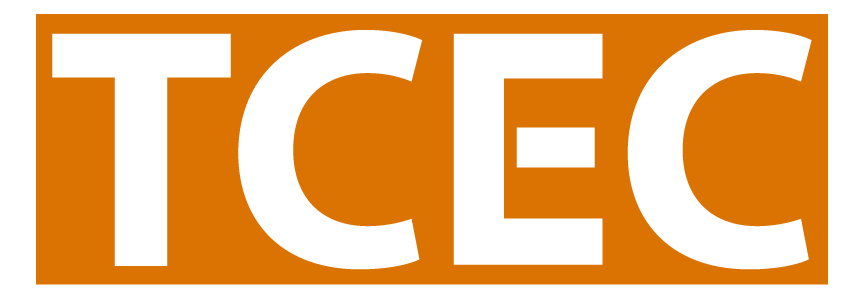
The Ghost of Evaluation Future
What's in store for 2025?
As your Ghost of Evaluation Future, I’ll give you a glimpse into what’s in store for 2025.
Next year, there are many competitive grantee projects that will be wrapping up their current workplans and reflecting on their overall journey these past several years. For projects with policy objectives as their primary objective, a FER or Final Evaluation Report will be prepared to summarize all of project’s relevant efforts toward achieving their primary objective. For all other objectives, a BER or Brief Evaluation Report will be submitted. Curious to learn more about the difference between a FER and a BER? Check out this article Reporting in Brief: FAQs about BERs.
The resources on our website as well as previously submitted work will be your best references for writing a FER.
And while June 2025 seems like a far-off deadline, you’ll want to make sure you build in plenty of time for incorporating input among your whole team— both internal and external program staff, contractors, coalition, partner organizations, and sometimes upper management also wants to preview reports before final submission. Even if you still have a few unfinished activities in the next few months, a large part of the FER can already be written with a majority of the information coming from your initial workplan, narrative, and previously submitted progress reports which should all be available in OTIS. Then you can leave placeholders to drop in the updated results later. Also note that unlike progress reports that could be submitted a month after the reporting period ends, FERs are due by 5pm PT on the last day of the contract, which for most competitive grantees will be June 30, 2025.
While most LLAs don’t have the same June 2025 deadline for their FERs, our recommendations still stand. It’s never too early to start writing your FERs! In addition, some LLAs have ECTC Observations if your workplan identified optional secondary communities for retail, multi-unit housing, and/or outdoor secondhand smoke policy objectives. If you collected this data in 2023, you’ll probably be collecting it again next year. Of course, you’ll want to double-check your newly revised workplans, because there could have been some changes. Data collection can take place from Feb-June 2025 and the tracking measure of an observation summary report is expected to be submitted with the progress report of the following period. You’ll be connected with a specific TCEC staff member to support your data collection team through the whole process. We’ve been helping with this type of statewide, coordinated, mobile data collection effort since 2013, so please know that you’re in good hands!
With the closure of contracts comes the start or restart of new contracts. It is best practice to launch new policy objectives with a key informant interview, policy record review, and potential baseline data collected within the first six months. This type of formative research really helps provide a solid foundation for all the strategies and planning to come. The TCEC team can help review your evaluation plan with you to make sure your evaluation findings can be timed in coordination with intervention, media, and cessation activities.
Lastly, 2025 will be TCEC's long-awaited return to providing in-person regional trainings! I hope you’re all as excited as we are to be able to hit the road, connect with you all, and nerd out about evaluation together. So be on the lookout for more information about our regional trainings, because TCEC is comin’ to town!
